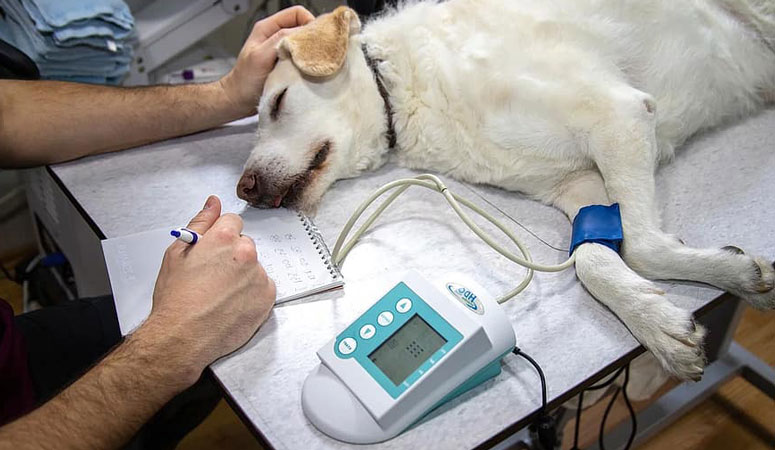Just like in humans, the chronic effects of diabetes in dogs can be really devastating! Diabetes is a chronic disease that affects dogs, whereby the normal utilization of glucose from the dog’s diet is lost or rather dysfunctional. Hence, diabetes is a metabolic disorder. The kind of diabetes most dogs suffer is what is often called “sugar diabetes”, although technically, it is known as Diabetes Mellitus. Canine diabetes is mainly of two types and is more common in older dogs, and pregnant females (albeit temporarily). The types are the insulin-deficiency and the insulin-resistant types. In the former, the body fails to produce enough insulin for proper utilization of glucose, while, in the latter, there is adequate production of insulin but the cells do not respond to its action. At any rate, blood sugar levels begin to rise since insulin is required to bolster the use of blood glucose by the body’s cells.

Causes of Dog Diabetes
The cause of diabetes isn’t quite clear. Some experts have attributed some cases of the disease to a genetic problem, others, to obesity. Some dogs are more genetically inclined to suffer diabetes. However, the tendency to develop diabetes comes more with advancing age. Sometimes, it is sex-related, in that, female dogs are more susceptible to it at their heat period and at pregnancy. Diabetes can affect the entire system of your dog adversely. The effects are two-fold: For one thing, it deprives the cells of glucose nutrients for their activities and they resort to breaking down body fats and proteins. For another, blood glucose level hits an alarming high that might cause damage to organs.

Symptoms of Dog Diabetes
The signs of diabetes in a dog depends on what stage of the chronic disease it’s at. At the early stages of the disease, diabetes mellitus may cause, above all, increased urination and drinking. The dog tries to eliminate excess blood sugar through the urine and loses water in the process, hence both signs usually go hand in hand. Due to the cells’ deprivation of glucose, your dog may develop a bigger appetite and may want to eat more often than it used to. The insufficiency of nutrients may deteriorate into weight loss.
Over time, the signs of diabetes would take on a slightly different form. At extremes, it could be an underlying cause of cataract in a dog or even blindness. In addition, seizures, urinary tract distress, liver inflammation, and kidney failure may result. Another common condition that may surface in critical cases of diabetes is diabetic ketoacidosis, a complex and life-threatening metabolic disorder.

Treatment for Diabetes in Dogs
Diabetes in dogs, at the moment, has no cure. However, early detection of signs and commencement of treatment would ensure your dog leads a normal life. When you suspect that your dog may be suffering diabetes, call the vet to run the necessary tests and diagnosis on the dog. A blood sugar test is usually done to determine the blood glucose level, and some simple tests to check for other variables.
In the management of canine diabetes, the veterinarian would prescribe a strict diet to slow down glucose metabolism in the dog and permit some utilization of blood glucose. Such foods may include high protein and complex carbohydrates, with decreased fatty food intake. A consistent exercise routine should be maintained to keep the dog’s blood glucose level from erratic spikes and ebbs. You might also be required to inject a daily dosage of insulin beneath the dog skin if the type of diabetes it suffers is of insulin-deficiency. In the early part of the treatment, you might have to visit the vet often.

How to Prevent Diabetes in Dogs
Ensuring that your dog doesn’t develop diabetes isn’t exactly possible to swing. However, what might be helpful is to ensure your dog leads a very healthy life. Provide them with a balanced diet each time, take them on regular walks or other forms of mild exercise. Any form of activity that helps to maintain proper conditions in your dog’s system could help too.

